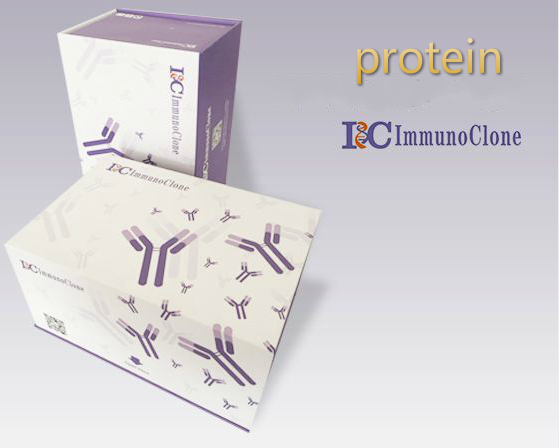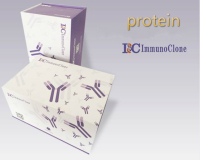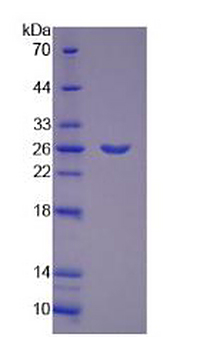

客服电话:021-61998208


糖原磷酸化酶M(PYGM)重组蛋白
糖原磷酸化酶M(PYGM)重组蛋白
Recombinant Glycogen Phosphorylase, Muscle (PYGM)
GPMM; Phosphorylase,Glycogen; McArdle Syndrome,Glycogen Storage Disease Type V; Myophosphorylase
[ PROPERTIES ]
Source: Prokaryotic expression. Host: E. coli
Residues: Arg11~Gly187
Tags: N-terminal His-Tag
Tissue Specificity: Skeletal Muscle, Brain, Heart, Kidney. Purity: >98%
Endotoxin Level: <1.0EU per 1μg (determined by the LAL method). Traits: Freeze-dried powder
Buffer formulation: 20mM Tris, 150mM NaCl, pH8.0, containing 1mM EDTA, 1mM DTT, 0.01% sarcosyl, 5%Trehalose and Proclin300. Original Concentration: 200ug/mL
Applications: SDS-PAGE; WB; ELISA; IP; CoIP; Reporter Assays; Purification;
Amine Reactive Labeling. (May be suitable for use in other assays to be determined by the end user.)
Predicted isoelectric point: 6.0
Predicted Molecular Mass: 21.7kDa
Accurate Molecular Mass: 26kDa as determined by SDS-PAGE reducing conditions.
Phenomenon explanation:
The possible reasons that the actual band size differs from the predicted are as
follows:
1. Splice variants: Alternative splicing may create different sized proteins from the same gene. 2. Relative charge: The composition of amino acids may affects the charge of the protein. 3. Post-translational modification: Phosphorylation, glycosylation, methylation etc. 4. Post-translation cleavage: Many proteins are synthesized as pro-proteins, and then cleaved to
give the active form. 5. Polymerization of the target protein: Dimerization, multimerization etc.
[ USAGE ]
Reconstitute in 20mM Tris, 150mM NaCl (pH8.0) to a concentration of 0.1-1.0mg/mL. Do not vortex.
[ STORAGE AND STABILITY ]
Storage: Avoid repeated freeze/thaw cycles. Store at 2-8
oC for one month. Aliquot and store at -80
oC for 12 months.
Stability Test: The thermal stability is described by the loss rate. The loss ratewas determined by accelerated thermal degradation test, that is, incubate theprotein at 37oC for 48h, and no obvious degradation and precipitation wereobserved.The loss rate is less than 5% within the expiration date under
appropriate storage condition.
[ SEQUENCE ]
特别提示:本公司的所有产品仅可用于科研实验,严禁用于临床医疗及其他非科研用途!









